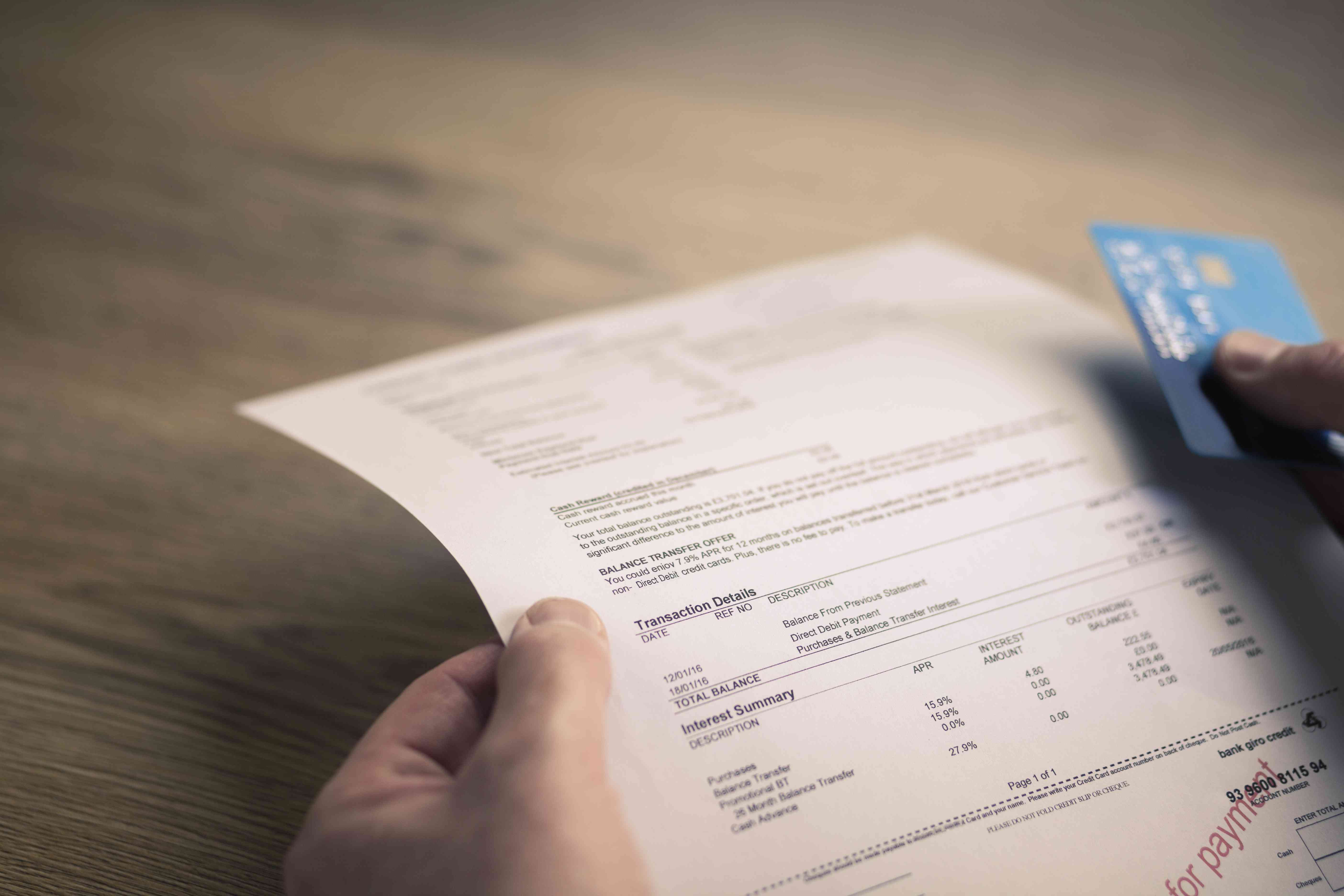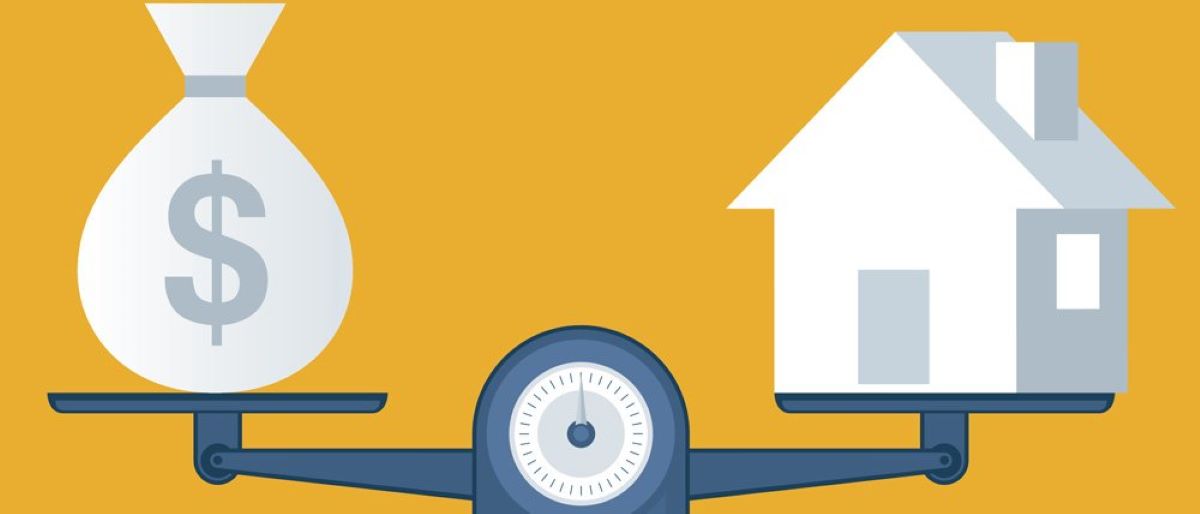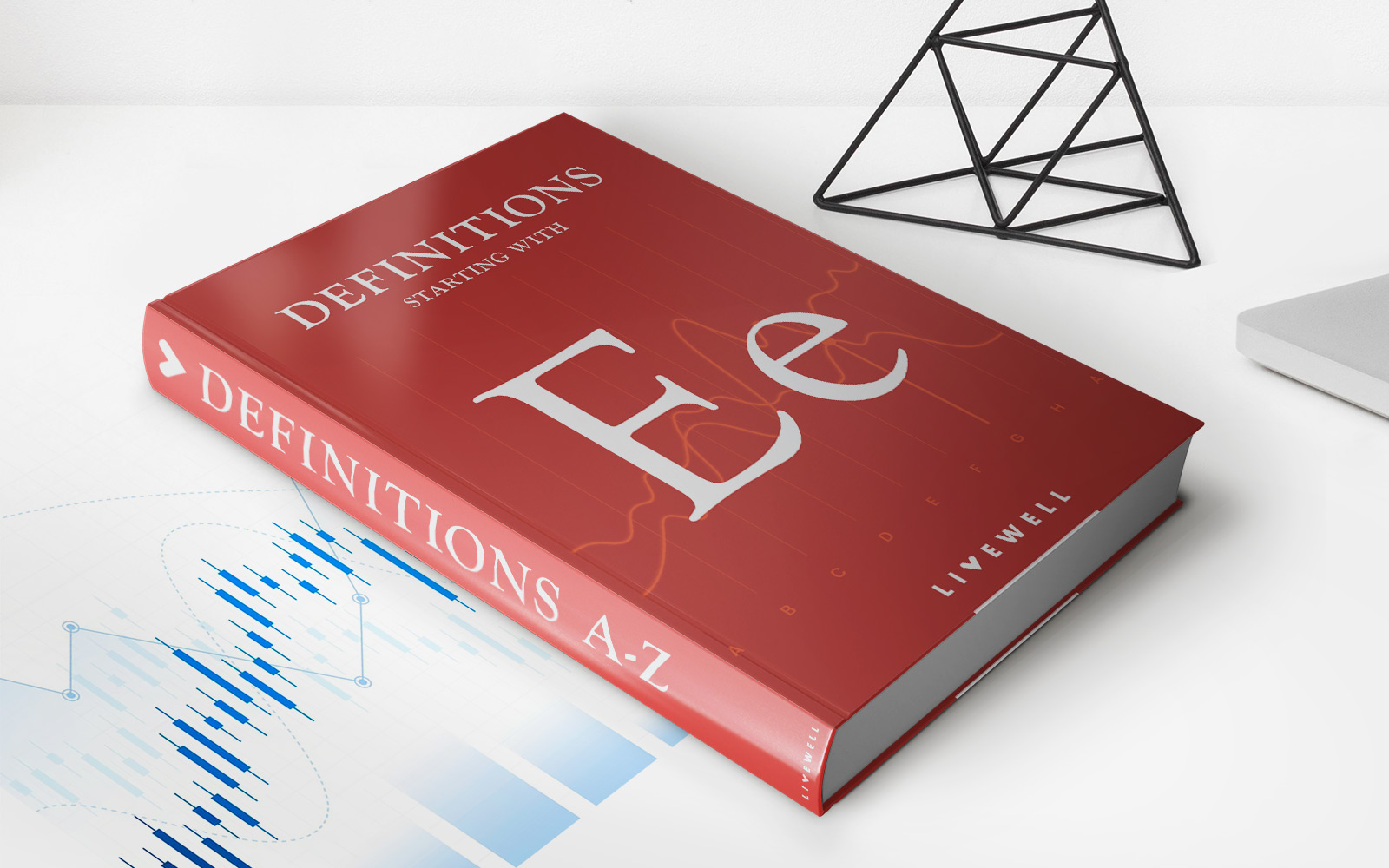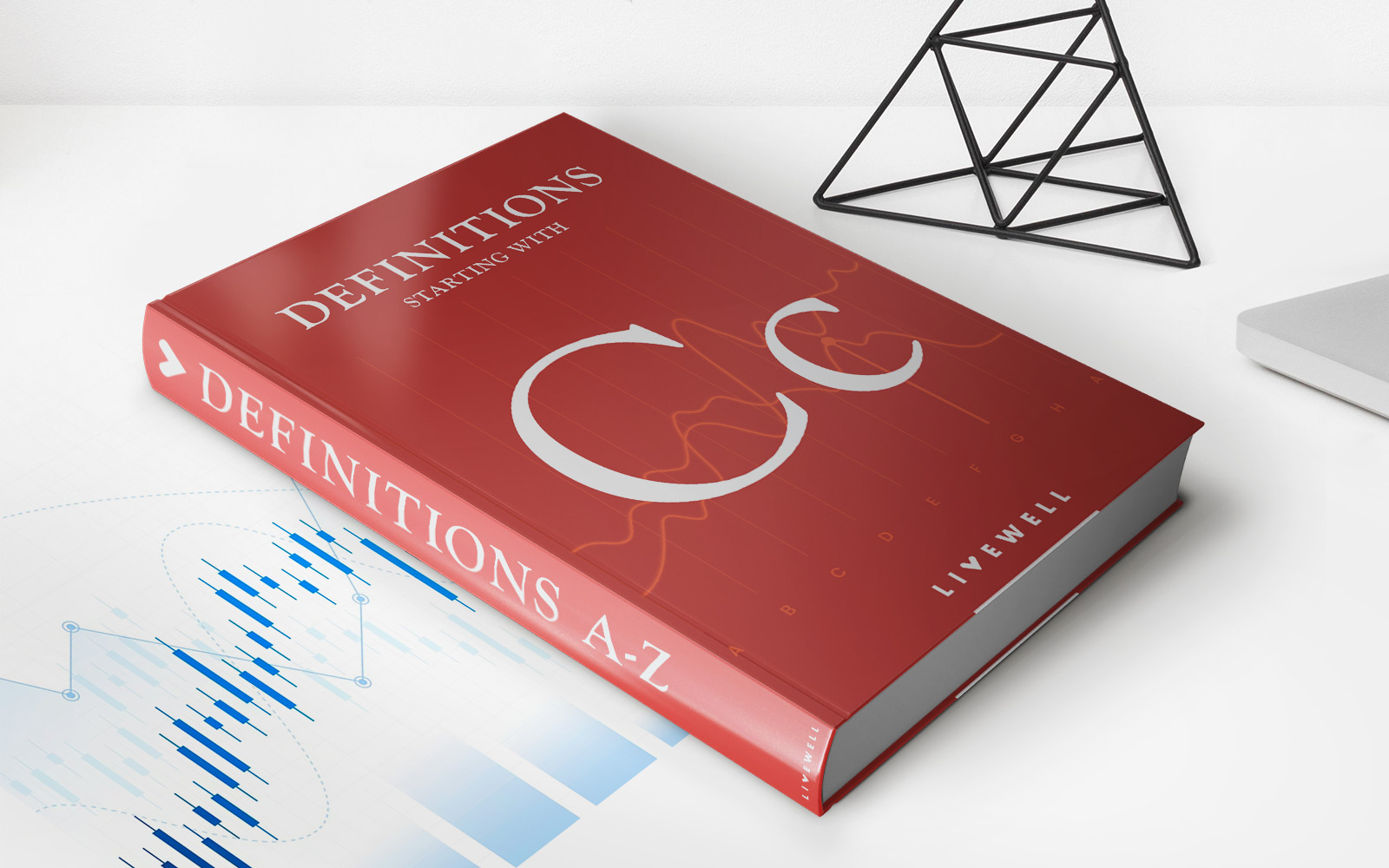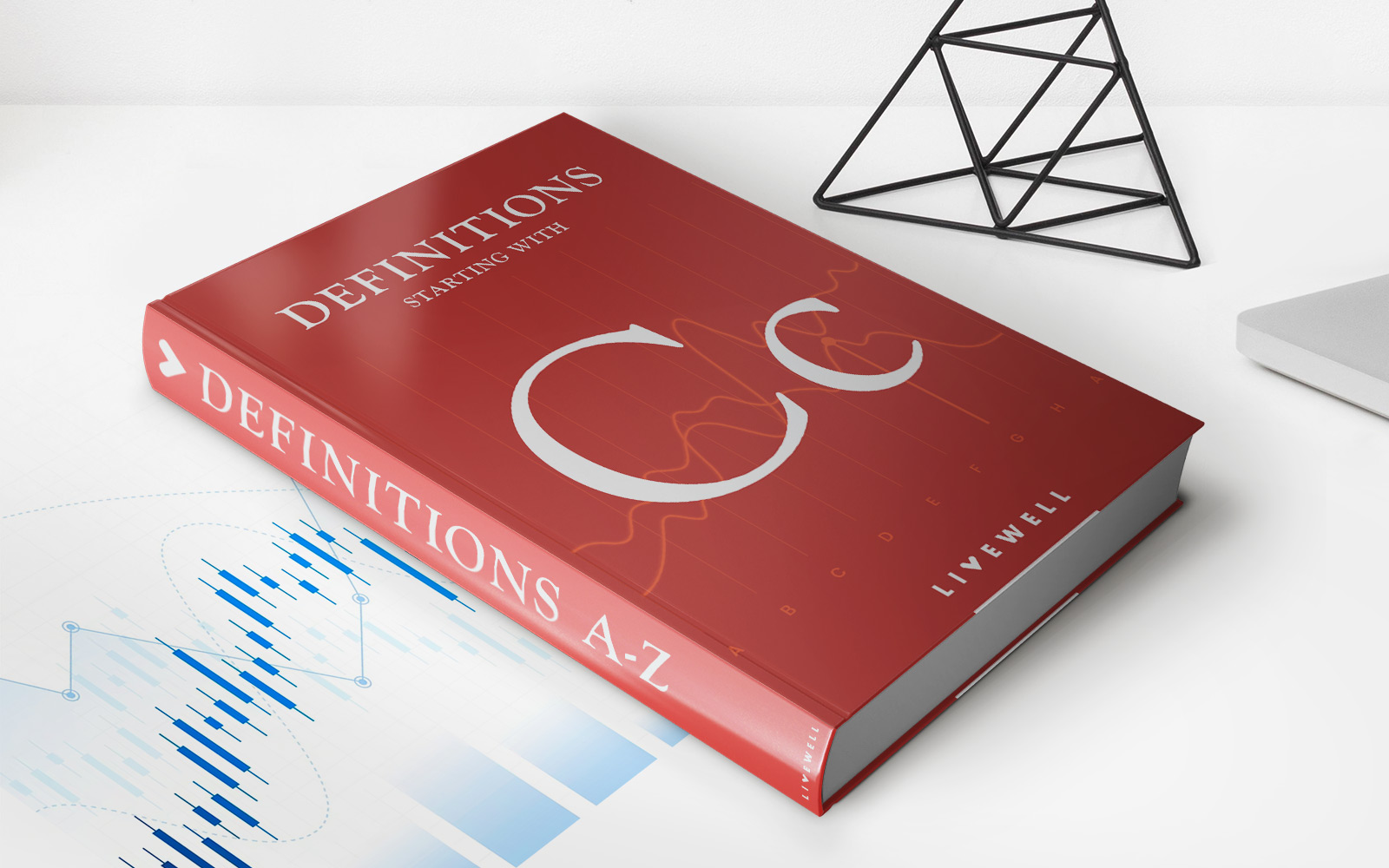Home>Finance>What Is The Normal Monthly Minimum Payment For Student Loans $130,000


Finance
What Is The Normal Monthly Minimum Payment For Student Loans $130,000
Published: February 27, 2024
Learn about the normal monthly minimum payment for student loans totaling $130,000. Get insights into managing your finances effectively. Explore more on finance.
(Many of the links in this article redirect to a specific reviewed product. Your purchase of these products through affiliate links helps to generate commission for LiveWell, at no extra cost. Learn more)
Table of Contents
Introduction
Understanding the Normal Monthly Minimum Payment for $130,000 in Student Loans
Student loans are a common means of financing higher education, providing individuals with the opportunity to pursue their academic aspirations. However, upon graduation, the reality of repaying these loans sets in, often leading to concerns about the minimum monthly payments. For individuals with a total student loan debt of $130,000, understanding the normal monthly minimum payment is crucial for effective financial planning and management.
Navigating the intricacies of student loan repayment can be daunting, especially when considering the potential long-term impact on one's financial well-being. This article aims to demystify the concept of minimum monthly payments for $130,000 in student loans, shedding light on the factors influencing these payments and offering strategies for effectively managing this financial obligation.
By exploring the nuances of student loan minimum payments, individuals can gain valuable insights into the mechanics of repayment, empowering them to make informed decisions and take proactive steps towards financial stability. Whether you are currently managing student loan debt or preparing to embark on your educational journey, this article will equip you with the knowledge needed to navigate the complexities of student loan repayment with confidence and clarity.
Understanding Student Loan Minimum Payments
Student loan minimum payments represent the monthly amount that borrowers are required to pay towards their outstanding student loan balance. These payments are determined by various factors, including the total loan amount, interest rate, and repayment term. It is essential to comprehend the mechanics behind minimum payments, as this knowledge forms the foundation for effectively managing student loan debt.
When borrowers enter into student loan agreements, they are provided with a repayment schedule outlining the minimum monthly payment required to satisfy the loan within a specified timeframe. This minimum payment is designed to cover the accruing interest and contribute towards reducing the principal balance. By consistently meeting these minimum payments, borrowers make progress towards eventual loan repayment, albeit within the confines of the predetermined schedule.
It is important to note that the minimum monthly payment may not be sufficient to fully cover the accruing interest, particularly in cases where the interest rate is high or the repayment term is extended. As a result, borrowers may find that their loan balance remains relatively stagnant despite making regular minimum payments. Understanding this dynamic is crucial, as it underscores the significance of exploring additional repayment strategies to expedite the loan payoff process and minimize interest accrual.
Furthermore, the structure of student loan minimum payments can vary based on the specific type of loan, with federal and private loans often exhibiting distinct repayment requirements. Federal student loans, for instance, offer various repayment plans, including income-driven options that calculate the minimum payment based on the borrower’s income and family size. Private loans, on the other hand, may have less flexibility in terms of repayment options, often necessitating fixed monthly payments based on the loan terms.
By comprehending the intricacies of student loan minimum payments, borrowers can gain a comprehensive understanding of their financial obligations and explore proactive measures to optimize their repayment strategy. This knowledge serves as a valuable asset in navigating the complexities of student loan repayment and working towards long-term financial stability.
Factors Affecting Minimum Payments
Several key factors influence the determination of minimum monthly payments for student loans, playing a pivotal role in shaping borrowers’ repayment obligations. Understanding these factors is essential for individuals seeking to gain insight into the dynamics of student loan repayment and effectively manage their financial responsibilities.
1. Total Loan Amount: The total amount of the student loan directly impacts the minimum monthly payment. A higher loan balance typically results in a proportionally higher minimum payment, reflecting the increased principal amount that must be repaid over the loan term.
2. Interest Rate: The interest rate attached to the student loan significantly influences the minimum monthly payment. Loans with higher interest rates necessitate larger minimum payments to cover the accruing interest and contribute towards reducing the principal balance. Conversely, lower interest rates may result in more manageable minimum payments.
3. Repayment Term: The length of the repayment term, or the duration over which the loan is scheduled to be repaid, impacts the minimum monthly payment. Shorter repayment terms typically yield higher minimum payments, as the loan balance must be paid off within a compressed timeframe. In contrast, longer repayment terms may result in lower minimum payments, albeit with increased overall interest costs.
4. Loan Type: The type of student loan, whether federal or private, can influence the minimum payment structure. Federal student loans offer various repayment plans, including income-driven options that calculate the minimum payment based on the borrower’s income and family size. Private loans may have fixed monthly payments based on the loan terms, potentially offering less flexibility in repayment options.
By recognizing the impact of these factors on minimum monthly payments, borrowers can gain a comprehensive understanding of their repayment obligations and explore strategic approaches to effectively manage their student loan debt. This insight empowers individuals to make informed financial decisions and proactively navigate the complexities of student loan repayment, ultimately working towards achieving long-term financial stability.
Calculating the Normal Monthly Minimum Payment for $130,000 in Student Loans
When facing a student loan debt of $130,000, calculating the normal monthly minimum payment is crucial for developing a comprehensive repayment strategy. Several factors come into play when determining this payment, each contributing to the overall financial obligation and shaping the borrower’s repayment journey.
Total Loan Amount and Interest Rate: The total loan amount of $130,000, coupled with the interest rate, forms the foundation for calculating the minimum monthly payment. The interest rate directly impacts the accruing interest, which, in turn, influences the portion of the minimum payment allocated to interest versus the principal balance.
Repayment Term: The duration over which the loan is to be repaid also plays a significant role in calculating the normal monthly minimum payment. Shorter repayment terms typically result in higher minimum payments, as the loan balance must be satisfied within a condensed timeframe, whereas longer repayment terms may yield lower minimum payments, albeit with increased overall interest costs.
Loan Type and Repayment Plan: The type of student loan, whether federal or private, and the chosen repayment plan further impact the calculation of the normal monthly minimum payment. Federal student loans offer various repayment plans, including income-driven options that calculate the minimum payment based on the borrower’s income and family size. Private loans may have fixed monthly payments based on the loan terms, potentially offering less flexibility in repayment options.
Calculating the normal monthly minimum payment for $130,000 in student loans involves considering these factors in conjunction with the chosen repayment plan’s specific terms and conditions. While precise calculations may vary based on the individual’s circumstances, it is essential to consult with the loan servicer or utilize online calculators to obtain an accurate estimate of the minimum payment.
By gaining clarity on the calculation of the normal monthly minimum payment, borrowers can proactively assess their financial commitments and explore tailored strategies to manage their student loan debt effectively. This understanding forms the cornerstone of informed decision-making, empowering individuals to navigate the complexities of student loan repayment with confidence and foresight.
Strategies for Managing Student Loan Payments
Effectively managing student loan payments is essential for borrowers seeking to navigate the repayment process with confidence and financial prudence. Several strategic approaches can empower individuals to proactively address their student loan debt and work towards long-term financial stability.
1. Income-Driven Repayment Plans: For federal student loan borrowers, income-driven repayment plans offer a valuable option for managing monthly payments. These plans calculate the minimum payment based on the borrower’s income and family size, potentially resulting in more manageable payments, particularly during periods of financial uncertainty or lower income.
2. Refinancing and Consolidation: Exploring the possibility of refinancing or consolidating student loans can provide borrowers with the opportunity to secure more favorable interest rates and repayment terms. This can lead to reduced minimum payments and overall interest costs, offering a streamlined approach to managing multiple loans.
3. Budgeting and Prioritizing Payments: Developing a comprehensive budget that prioritizes student loan payments can empower borrowers to allocate their financial resources effectively. By identifying areas where expenses can be minimized and directing the resulting savings towards student loan payments, individuals can make meaningful progress in reducing their debt burden.
4. Making Additional Payments: Supplementing minimum payments with additional contributions towards the principal balance can expedite the loan payoff process and minimize overall interest accrual. Even modest additional payments made consistently over time can yield substantial long-term savings and shorten the repayment timeline.
5. Seeking Employer Assistance: Some employers offer student loan repayment assistance as part of their benefits package. Exploring these opportunities can provide borrowers with valuable support in managing their student loan payments, potentially accelerating the path to debt freedom.
6. Financial Counseling and Assistance Programs: Engaging with financial counselors and exploring assistance programs can offer borrowers access to tailored guidance and resources for managing student loan payments. These professionals can provide personalized insights and strategies to navigate the complexities of student loan repayment effectively.
By implementing these strategies and leveraging available resources, borrowers can proactively address their student loan payments and make meaningful progress towards achieving financial freedom. Each approach offers unique benefits and considerations, empowering individuals to tailor their repayment strategy to align with their financial goals and circumstances.
Conclusion
Navigating the realm of student loan repayment, particularly when facing a substantial debt of $130,000, demands a comprehensive understanding of minimum monthly payments and effective management strategies. By delving into the intricacies of student loan minimum payments, borrowers can equip themselves with the knowledge needed to make informed financial decisions and proactively address their repayment obligations.
Understanding the factors influencing minimum payments, including the total loan amount, interest rate, repayment term, and loan type, serves as a foundational pillar for developing a strategic approach to managing student loan debt. By recognizing the interplay of these factors, individuals can gain clarity on their financial obligations and explore tailored strategies to optimize their repayment journey.
Calculating the normal monthly minimum payment for $130,000 in student loans involves considering these factors in conjunction with the chosen repayment plan’s specific terms and conditions. By leveraging available resources and consulting with loan servicers, borrowers can obtain accurate estimates of their minimum payments, laying the groundwork for proactive financial planning and management.
Moreover, embracing strategic approaches, such as income-driven repayment plans, refinancing, budgeting, and seeking employer assistance, empowers borrowers to proactively address their student loan payments and work towards long-term financial stability. These strategies offer valuable avenues for optimizing repayment and minimizing the overall impact of student loan debt on one’s financial well-being.
Ultimately, the journey towards managing student loan payments is multifaceted, requiring a blend of financial acumen, proactive decision-making, and a nuanced understanding of repayment dynamics. By leveraging the insights and strategies presented in this article, individuals can chart a course towards effective student loan management, alleviating the burden of debt and progressing towards a future defined by financial freedom and security.
Empowered with knowledge and equipped with strategic approaches, borrowers can navigate the complexities of student loan repayment with confidence, resilience, and a clear vision for long-term financial well-being.









